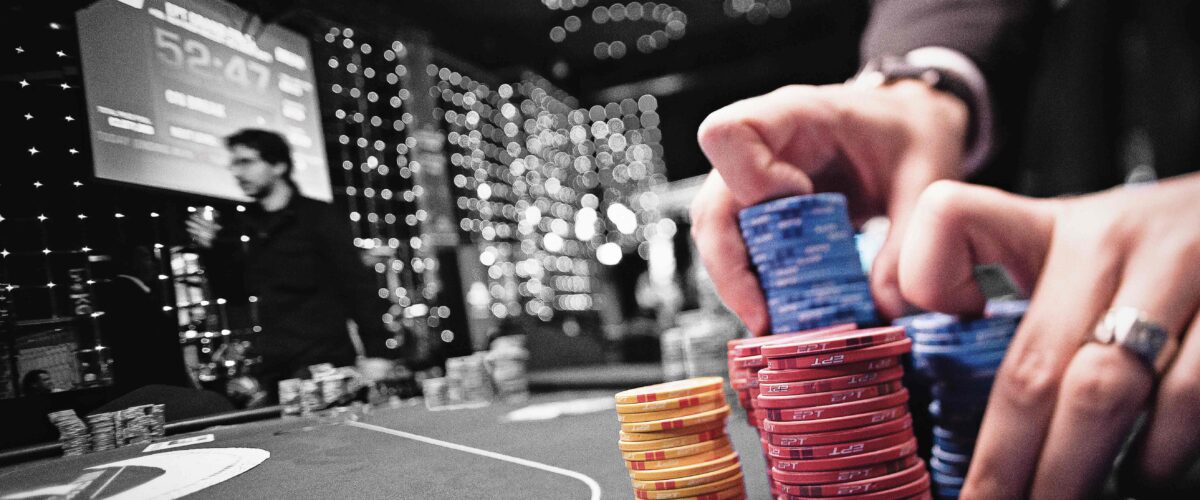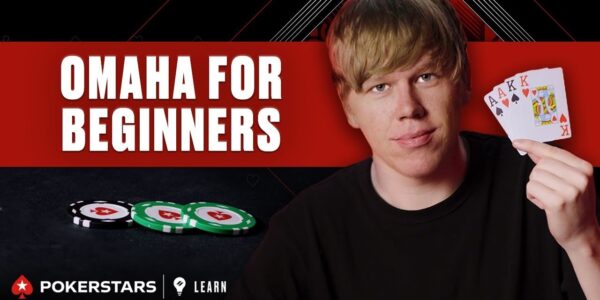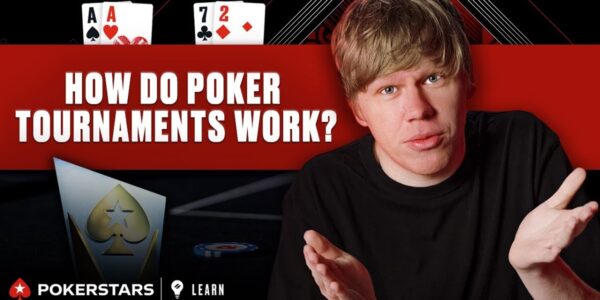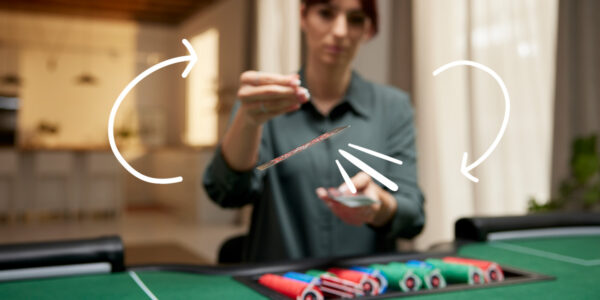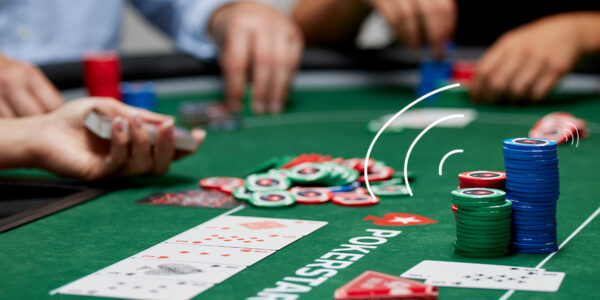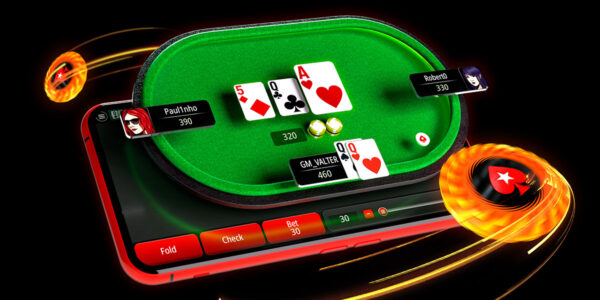Calling for a Chop
Calling for a chop means calling a bet in a situation where your best case scenario is to split the pot. And your worst case, of course is to lose the whole thing. Players often don’t like folding in some of these scenarios, perhaps feeling like it will look weak if they fold, or they don’t want to be bullied or bluffed. But there are times where folding is far superior to calling for a chop. Let’s dig in.
Firstly, we are not talking about a situation where we can’t possibly ever lose. For instance, if we are playing NLHE and the board is A♦ K♠ Q♦ 10♣ J♥ , everyone who goes to showdown will split the pot with an ace high straight, and regardless of players hole cards no other outcome is possible. Simply don’t fold.
Let’s look at a couple situations where it matters however.
Example 1
We are on the river and the board is A♥ K♥ 10♥ 7♥ 2♥ . We don’t hold a heart. There is $10 in the pot and our opponent moves all in for $50. Should we call? I think this is an easy one, which is why I chose it first. Of course we shouldn’t call. Let’s examine why. We are simply bluff catching when we call, since we don’t hold a heart in our hand. People sometimes mistake what’s really going on here though by thinking, “I think she’s bluffing, I won’t be bullied out here, I call” The problem is in a normal bluff catching scenario, when we are right we win the pot and the opponent’s bet, in this case $60 for our risk of the $50 call. But this isn’t a normal bluff catching opportunity because here when we are right, we can only chop the pot with all those bluffs. When that happens, the $50 bets will be returned and we’ll split the $10 pot. So in this situation we are risking $50 to win $5. It’s a terrible risk/reward ratio that makes calling very unattractive. In order to make money on this call, we will need to catch them 91% of the time. Even if we knew this player loved to bluff in such spots, and estimated they only have a heart in their hand 20% of the time, our call loses money despite being “right” 80% of the time or 4 times out of 5. (4 times we win $5 each for a total of $20, and the 5th time they show us a heart and we lose $50, for a net loss of $30 over these 5 trials). When the entire results tree consists of us winning half the current pot, or losing it all, we need to be collecting that half at a much higher frequency than normal to actually make money on the call.

Example 2
On the river the board is 9♣ 8♦ 6♠ 2♠ 7♥ . We hold 10♥ 8♥ and have made the ten high straight on the river. The pot contains $10. Our opponent moves all in for $100, a 10x pot overbet. Should we call? It would be a somewhat unreasonable bluff, given the ridiculously large sizing into a $10 pot… once could simply risk a pot sized $10 bet to bluff and yield the same number of folds most likely. If we can reasonably expect the opponent is not bluffing however, this is a clear fold, but many players call here with the ten high straight because, hey, we have a straight! Why fold? Well, if our opponent isn’t bluffing then they are likely betting with a ten themselves that we chop with, or they could hold JT for the nuts. But wait, couldn’t they hold a 5 for the small straight? Again I would suggest this seems unlikely, as similar to the bluff this sizing would make no sense. You are probably only getting called by a ten or JT, so a 10x pot all in with a 5 would only serve to fold all worse hands and get called by better hands. But let’s take a look at the math. If we believe our opponent simply must have at least a ten to make this bet, we’d be risking a $100 call to win half the current pot, or $5. We need to be right and chop the pot just over 95% of the time to break even. Thus the risk is simply not worth it as our opponent will probably have JT here more than 1 time out of 20.
But wait, in example 2 if we are folding a ten to this action, couldn’t the opponent make this bet as a bluff? If we include bluffs, we’d be calling $100 to win $110 when we snap off those bluffs, so we’d need to be right about 48% of the time or more to show a profit bluff catching. Are they bluffing this often at a risk of their $100 bet simply to win a $10 pot? This seems very unlikely, and also very unwise as the player pool at large has difficulty folding a ten even to large overbets.
The moral of the story is, when you’re facing a large bet and essentially calling hoping to chop, you need to be right a much higher % of the time than you’re used to in order to not lose money on the call. When the bet we face is small, we can easily call for the chop of a much larger pot (relative to the bet size). But when the bet is very large, folding is usually the prudent play, particularly in very small pots.


